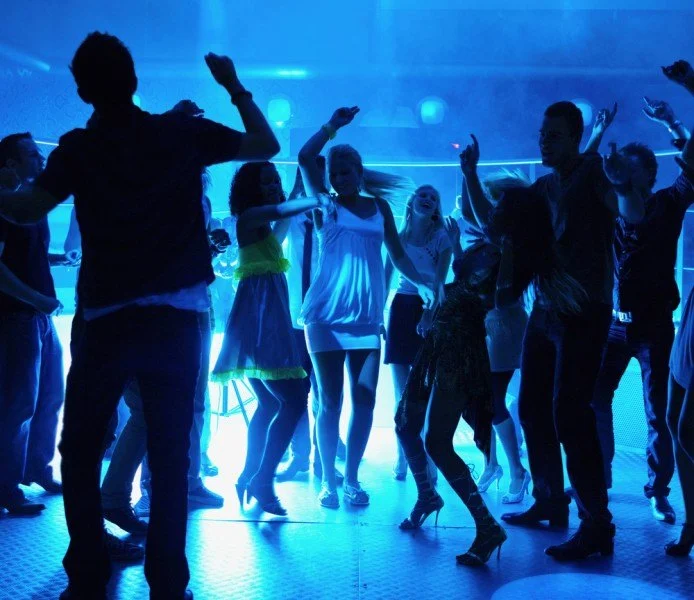
- school-dances-cultural-significance-and-changes
- expectation-vs-reality-for-students
- the-role-of-social-anxiety-and-peer-pressure
- do-school-dances-need-a-reboot
- real-stories-from-the-dance-floor
- american-dance-academy-inspires-modern-experiences
1. School Dances: Cultural Significance and Changes
The question "Are school dances overrated?" has sparked countless debates among students, parents, and educators. Historically, school dances—proms, homecomings, and winter formals—were viewed as key milestones in American teenage life. They served as cultural touchpoints, marking the transition from adolescence to adulthood, often immortalized in pop culture through films like Footloose or 10 Things I Hate About You.
However, the 21st-century high school experience is evolving. Changing social norms, the rise of digital communication, and increased academic and emotional pressures have transformed how teens connect, and that includes how they view events like school dances.
2. Expectation vs. Reality for Students
2.1 Media-Created Ideals
Students often enter dances with high expectations influenced by movies and Instagram reels—the perfect date, flawless outfit, magical night. But for many, the actual experience can fall flat. Overcrowded gymnasiums, awkward social dynamics, and blaring music sometimes lead students to feel underwhelmed or even disappointed.
2.2 Emotional Pressure and Performance
The pressure to “have the perfect night” can create more stress than joy. From planning outfits and securing dates to the fear of being left out, the emotional load can outweigh the excitement. For introverted students or those outside of the traditional social circle, these events can feel isolating rather than inclusive.
3. The Role of Social Anxiety and Peer Pressure
3.1 When Dancing Isn’t Fun
Not everyone enjoys dancing in a crowd. Social anxiety and body image concerns can make the idea of “letting loose” a genuine fear. While some students thrive on the dance floor, others dread it, often attending just to avoid missing out or appearing "uncool."
3.2 Peer Validation and Popularity Metrics
Today’s dances are sometimes less about fun and more about optics. Who you went with, what you wore, and how your night looked on social media often matter more than how you felt. This shift toward performance-based participation turns what should be carefree moments into curated spectacles.
4. Do School Dances Need a Reboot?
4.1 Rethinking the Format
Instead of abandoning dances altogether, perhaps it’s time to rethink them. The traditional model doesn’t fit everyone, but school dances can be reimagined into inclusive, flexible events—think casual themes, student-DJ rotations, or outdoor settings with games and chill zones. When students help shape the event, engagement often improves.
4.2 Emphasizing Participation Over Perfection
Creating low-pressure, creativity-driven spaces helps shift the focus from appearance to experience. Schools can also provide alternative events for those who might not enjoy dancing but still want to socialize—movie nights, art showcases, or even cultural festivals.
5. Real Stories from the Dance Floor
Emma, a senior in Texas, described her junior prom as “pretty on the outside, awkward on the inside.” She recalls more time checking her phone than dancing. “I think we all showed up for the photos,” she admits, “but I didn’t have fun until we went to a small after-party with close friends.”
On the flip side, Jordan, a junior from New Jersey, had a blast at his winter formal—not because it was glamorous, but because the student council organized a casual '90s theme and opened a karaoke room. “It wasn’t about the date or clothes. Everyone just vibed,” he shared.
6. American Dance Academy Inspires Modern Experiences
School dances don’t have to be overrated—they just need a makeover. Organizations like American Dance Academy offer guidance on how to create inclusive, engaging dance events that resonate with today's students. From modern choreography workshops to planning advice for school leaders, they bridge tradition with creativity. Whether your school wants to enhance student involvement or teach real dance confidence, American Dance Academy is a valuable resource.
In the end, the magic of school dances lies not in meeting expectations, but in making meaningful memories—however that may look for each student.
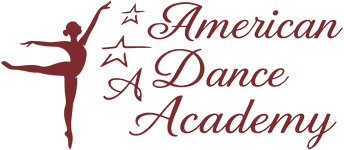
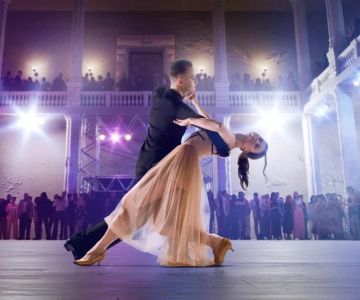
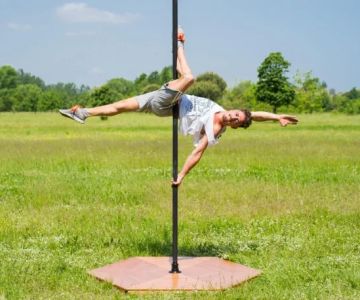
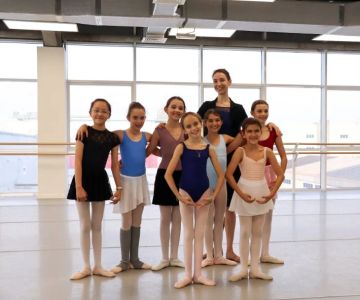
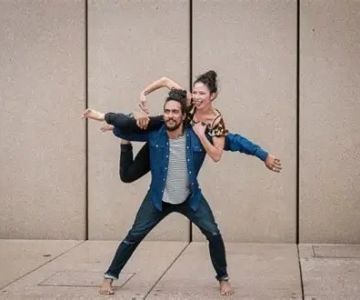

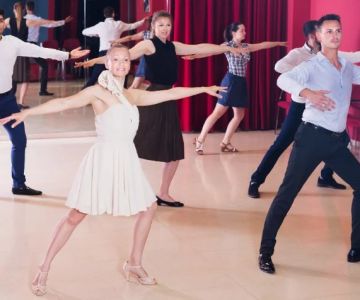
 Barrington Dance Academy5.0 (22 reviews)
Barrington Dance Academy5.0 (22 reviews)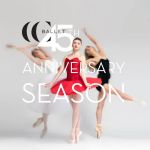 Canyon Concert Ballet4.0 (17 reviews)
Canyon Concert Ballet4.0 (17 reviews)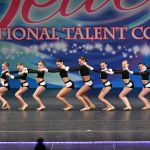 Big City Dance Center LLC4.0 (25 reviews)
Big City Dance Center LLC4.0 (25 reviews)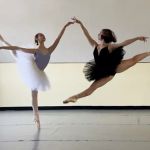 Tye Chua Dance & Kalamazoo Ballet5.0 (18 reviews)
Tye Chua Dance & Kalamazoo Ballet5.0 (18 reviews)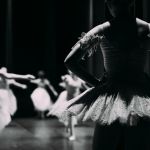 Fenton Ballet Theatre4.0 (24 reviews)
Fenton Ballet Theatre4.0 (24 reviews) Front Street Dance Center5.0 (7 reviews)
Front Street Dance Center5.0 (7 reviews) Are There Dances in Middle School? What Students and Parents Should Know
Are There Dances in Middle School? What Students and Parents Should Know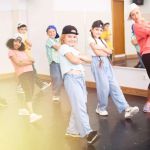 How a Dance School in Instagram Builds Community and Success
How a Dance School in Instagram Builds Community and Success Why Do Schools Teach Square Dancing?
Why Do Schools Teach Square Dancing?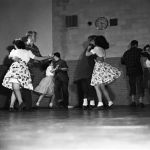 Why Was Square Dancing Taught in School?
Why Was Square Dancing Taught in School? Why Swing Dance Is Popular for Adults
Why Swing Dance Is Popular for Adults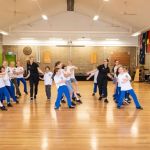 A School Dance: How to Prepare, Shine, and Make It Unforgettable
A School Dance: How to Prepare, Shine, and Make It Unforgettable